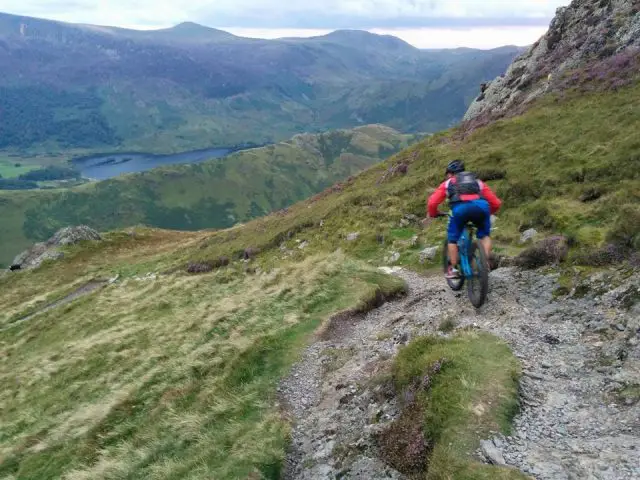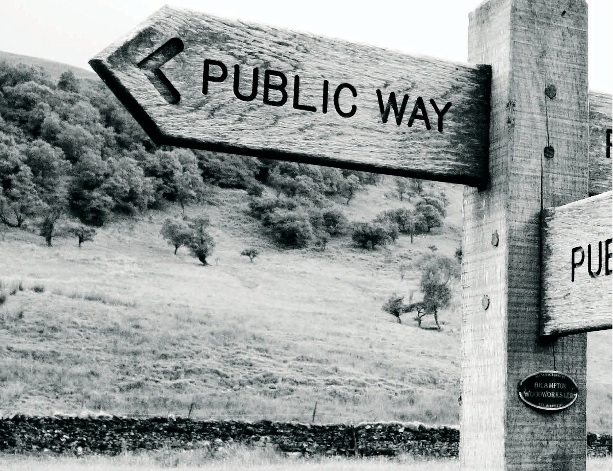The largest ever survey of mountain bikers in the UK has closed, receiving over 11,000 responses in just over two months. The survey, carried out by Cycling UK and advocacy collective OpenMTB, was designed to find out if mountain bikers are satisfied with current trail access and riding facilities, but also aimed to build up a more general picture of who takes part in the sport, how and why.

The survey results will be released in full in the new year, but many of the questions focused on the current system of trail access in England and Wales, and unsurprisingly, many of the responses highlight problems with this.
Currently, cyclists only have the right to use around 20% of the rights of way in England and Wales (something we’ve previously explored in our Access All Areas series of articles). 34% of the respondents said they cycled on footpaths at least once a week, with only 21% saying they never rode on footpaths.
“We all knew that the current rights of way system does not reflect modern usage, but now we have a robust set of data to demonstrate that”
At this point, it’s worth restating that “footpaths” doesn’t mean pavements – under UK law riding on a footpath is a civil tort, not a criminal offence, whereas riding on the pavement could get you an on-the-spot fine. That’s still an astonishingly high figure though, considering that riding on footpaths is a contentious issue which doesn’t seem to get discussed much in the mainstream MTB press.
This isn’t to say that mountain bikers in the UK are a bunch of unbiddable scofflaws. 64% of respondents said their reason for riding footpaths was “Lack of choice or convenience”, while “To avoid traffic danger” was close behind at 52%. 85% said they find it “difficult to put together a ‘legal’ route”.
Only 13% of the respondents said they weren’t aware of the distinctions between footpaths and bridleways, and most of the respondents to the survey (60%) had been riding for 10 years or more. Even allowing for the self-selecting nature of a survey like this, there’s clearly a big constituency of experienced riders who’ve decided that access laws don’t work for them.
Continuing the theme, over 50% of respondents said they regard changing access law as the number one priority for mountain bike advocacy. Cycling UK have already used the survey results to describe the English and Welsh access system as “not fit for purpose“, while British Cycling recently called upon the Environment Secretary to open up more rights of way for bikes.
OpenMTB’s Stacey King, one of the survey authors, says
“We are grateful to everyone who took the time to complete the survey. The huge response demonstrates how strongly people feel about access.
“We all knew that the current rights of way system does not reflect modern usage, but now we have a robust set of data to demonstrate that to the stakeholders who can help us improve access in England and Wales. And the information collected on health, travel and spending habits will certainly bolster our arguments.”
Cycling UK have summed up some key findings from the survey in the oh-so-current form of an infographic (click to biggerise).

And for those really curious to find out more, there’s a detailed summary of the survey results on the Cycling UK site.
Comments (3)
Leave Reply
Post Comment

That sounds about right. Singletrack fairy’s need to practice your biggeriseing skills, great new word though.
Pretty useless if it is supposed to be an infographic. The formatting of the graphics isn’t related to the values being quoted…is it?
Acccording to a popular online encyclopaedia, “Information graphics or infographics are graphic visual representations of information, data or knowledge, intended to present information quickly and clearly.”
Size issues aside, I’d say it does that pretty well. Remember it’s summarising some key findings of a very broad ranging survey, not comparing groups within each response.